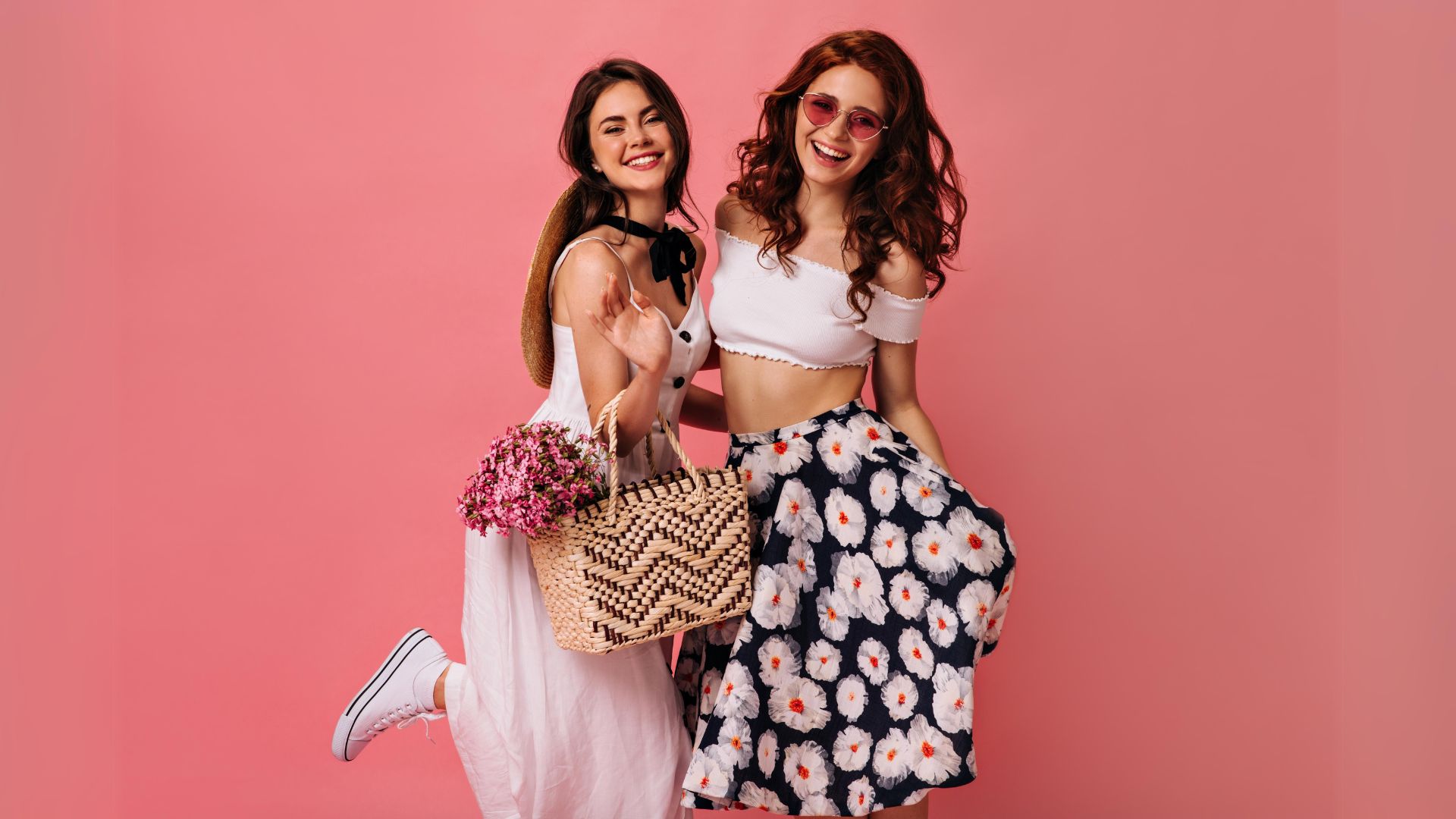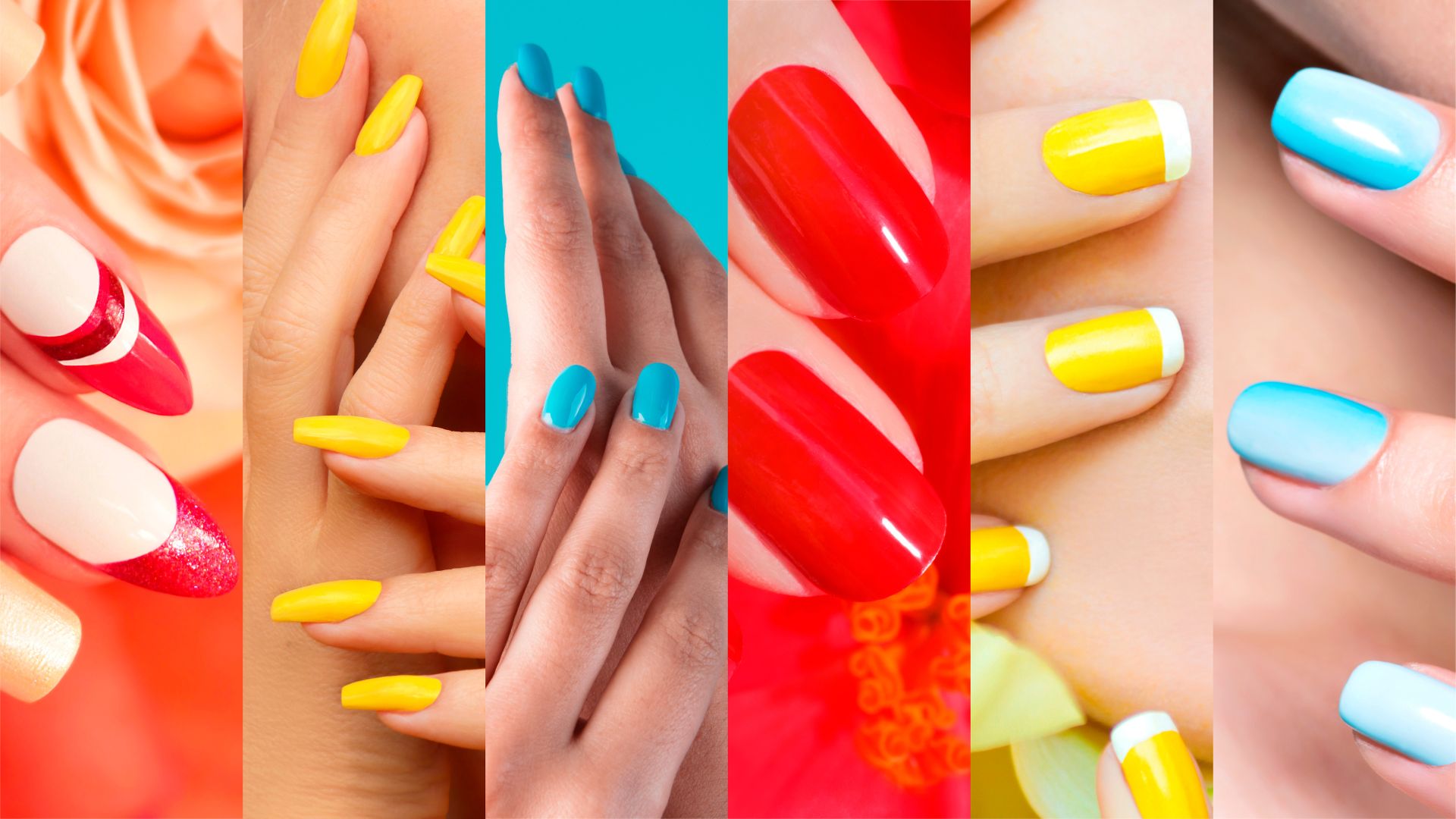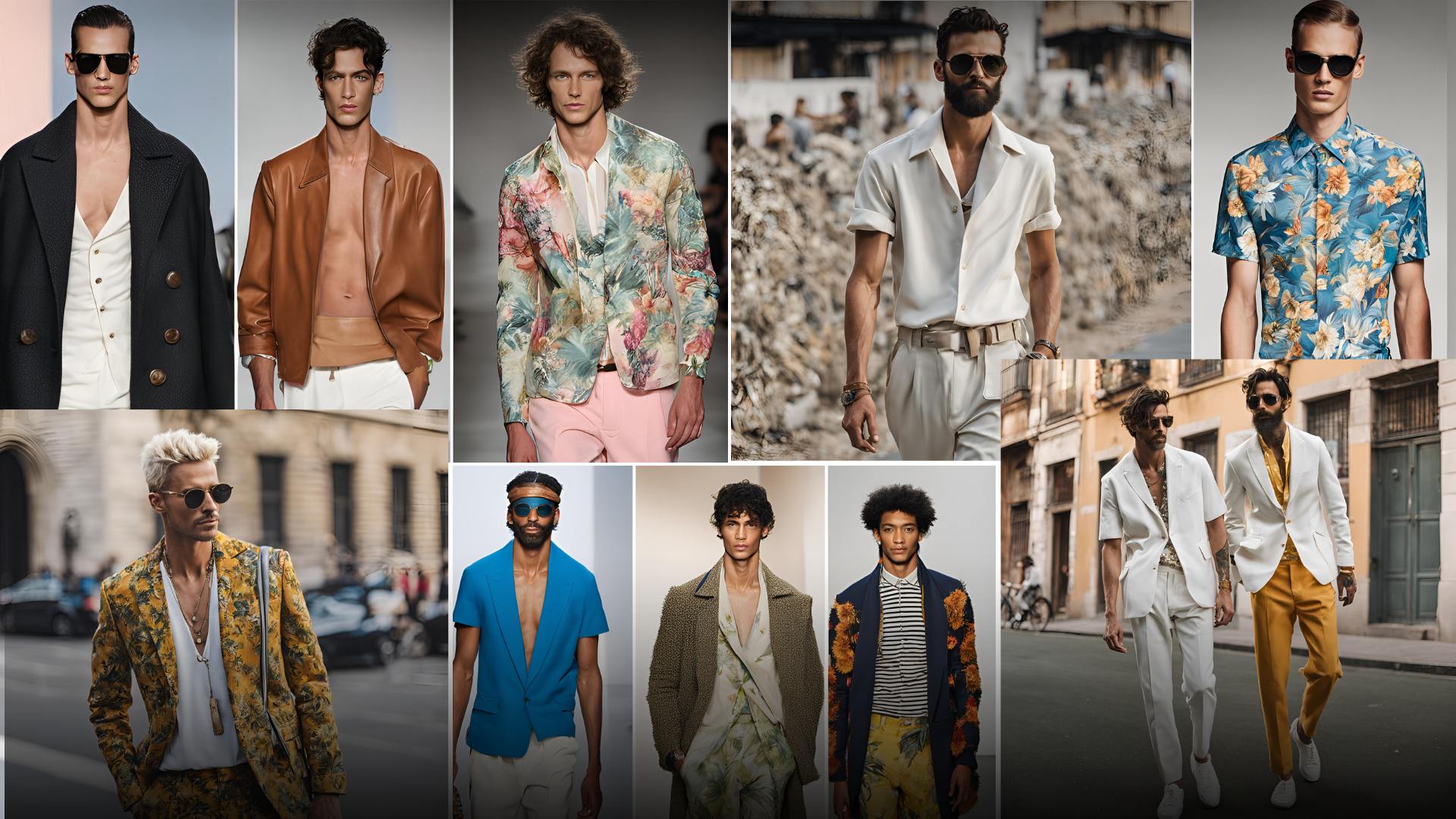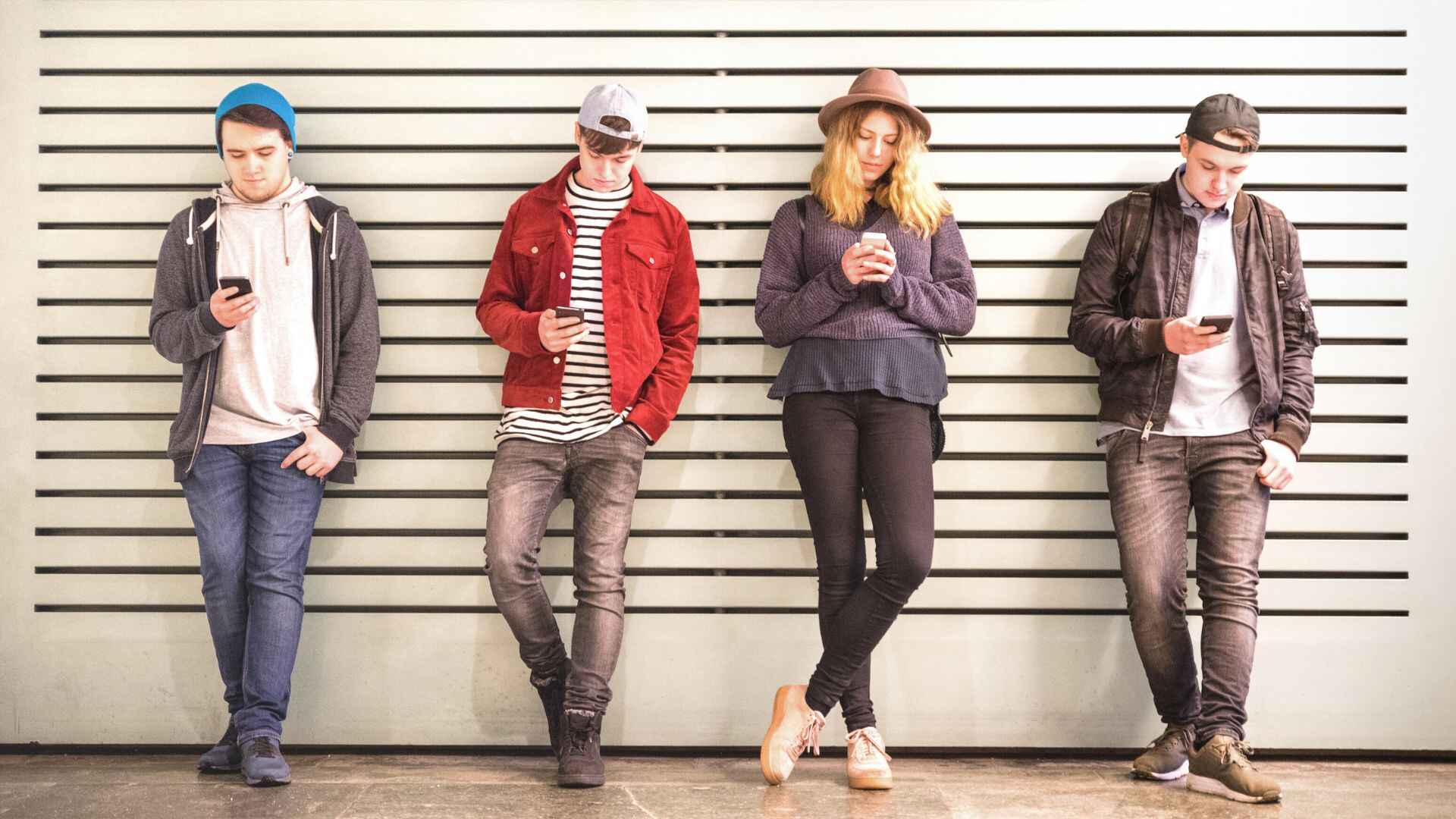Fashion Trends Every American Should Know
Fashion is an ever-evolving landscape, reflecting cultural shifts, technological advancements, and individual expression. From timeless classics to cutting-edge innovations, the fashion world offers a myriad of styles that shape our wardrobes. Here, we delve into the essential fashion trends in America you should know, drawing inspiration from the past and present to forecast the future of American fashion.
Timeless Fashion Trends
1. The Little Black Dress (LBD)
The Little Black Dress, popularized by Coco Chanel in the 1920s, remains a staple in every woman’s wardrobe. Its flexibility makes it perfect for both casual and formal events. The LBD’s enduring appeal lies in its simplicity and elegance, proving that less is often more in the world of fashion.
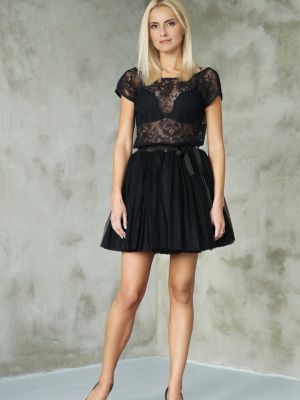
2. Denim
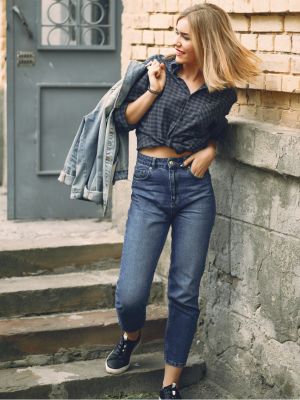
Denim, a fabric that has transcended generations, continues to be a cornerstone of American fashion. From jeans to jackets, denim’s durability and adaptability have made it a favorite among all age groups. Whether it’s classic blue jeans or trendy distressed styles, denim remains a timeless trend.
3. The White T-Shirt
A crisp white T-shirt is another wardrobe essential that has stood the test of time. Its simplicity allows it to be paired with virtually anything, from jeans to skirts, making it a versatile piece for casual and semi-formal outfits. The white T-shirt embodies the concept of effortless style.

Contemporary Fashion Trends
4. Athleisure
Athleisure, the fusion of athletic and leisurewear, has revolutionized the fashion industry. This trend emphasizes comfort and functionality without compromising on style. With brands like Lululemon and Nike leading the charge, athleisure has become a go-to choice for Americans seeking a balance between fashion and fitness.
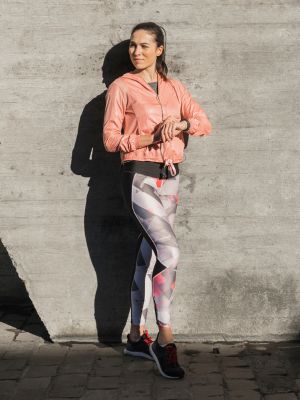
5. Sustainable Fashion
As environmental awareness grows, sustainable fashion has gained significant traction. This trend focuses on eco-friendly materials, ethical production practices, and reducing the carbon footprint of the fashion industry. Brands like Patagonia and Everlane are at the forefront of this movement, offering stylish and sustainable options for conscientious consumers.
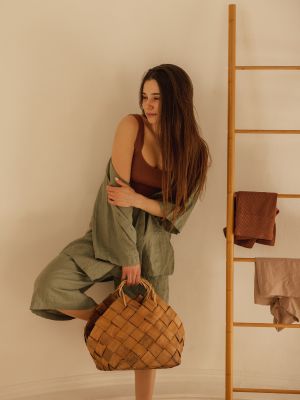
6. Gender-Neutral Fashion
Gender-neutral fashion challenges traditional gender norms by creating clothing that can be worn by anyone, regardless of gender identity. This trend promotes inclusivity and self-expression, with brands like Telfar and Gucci embracing androgynous styles. Gender-neutral fashion reflects the evolving understanding of identity and equality.

Historical Fashion Trends in America Through the Decades
7. 1950s: Rock ‘n’ Roll and Poodle Skirts
The 1950s saw the rise of rock ‘n’ roll culture, influencing fashion with poodle skirts, leather jackets, and bold prints. This era celebrated youthful rebellion and individuality, setting the stage for future fashion revolutions.
8. 1960s: Mod and Hippie Movements
The 1960s were marked by contrasting styles, from the sleek, geometric lines of the Mod movement to the free-spirited, bohemian aesthetics of the hippie movement. This decade introduced vibrant colors, psychedelic prints, and unconventional silhouettes.
9. 1970s: Disco and Punk
The 1970s were defined by disco glamour and punk rebellion. Disco fashion featured shimmering fabrics, platform shoes, and extravagant accessories, while punk embraced a DIY ethos with ripped clothing, safety pins, and edgy hairstyles.
10. 1980s: Power Dressing and Neon Colors
The 1980s were synonymous with power dressing, characterized by oversized blazers, shoulder pads, and bold colors. This era also saw the rise of neon colors, graphic tees, and fitness-inspired looks, reflecting a decade of excess and experimentation.
11. 1990s: Grunge and Minimalism
The 1990s brought the grunge movement, popularized by bands like Nirvana, with its flannel shirts, ripped jeans, and combat boots. In contrast, minimalism also emerged, focusing on simple, clean lines and neutral tones.
12. 2000s: Y2K and Boho Chic
The early 2000s were influenced by the Y2K aesthetic, featuring metallic fabrics, low-rise jeans, and futuristic designs. Boho chic also gained popularity, with flowing dresses, earthy tones, and eclectic accessories inspired by the 1960s and 1970s.
Current Fashion Trends in America
13. Digital Fashion
With the rise of the digital age, fashion has expanded into the virtual realm. Digital fashion includes virtual clothing, digital fashion shows, and augmented reality experiences. This trend allows designers to experiment with new forms and reach global audiences in innovative ways.
14. Vintage Revival
Vintage fashion continues to make a comeback, with many seeking unique, timeless pieces from past decades. Thrift stores and online vintage shops offer a treasure trove of styles, allowing individuals to express their personalities through curated, one-of-a-kind outfits.
15. Streetwear
Streetwear, known for its casual and urban style, has become a major trend in today’s fashion. Brands like Supreme, Off-White, and A Bathing Ape have gained cult followings, merging high fashion with everyday wear. Streetwear’s influence can be seen in collaborations with luxury designers and mainstream brands alike.
Future Fashion Trends
16. Tech-Enhanced Clothing
The future of fashion is increasingly intertwined with technology. Smart textiles, wearable tech, and 3D-printed clothing are paving the way for innovative designs that enhance functionality and interactivity. These advancements promise to revolutionize the way we think about clothing and its capabilities.
17. Circular Fashion
Circular fashion aims to create a closed-loop system where garments are designed, produced, and recycled sustainably. This trend focuses on reducing waste and promoting longevity, encouraging consumers to buy less and choose quality over quantity.
18. Personalization and Customization
Advances in technology have made it easier for consumers to personalize and customize their clothing. From made-to-order garments to DIY fashion kits, this trend allows individuals to create unique pieces that reflect their personal style and preferences.
Influences on American Fashion
American fashion is shaped by a myriad of factors, including cultural diversity, social movements, and technological innovations. The melting pot of American society brings together a rich tapestry of styles and traditions, resulting in a dynamic and ever-evolving fashion landscape. These influences are integral to understanding how fashion in the United States has developed and continues to evolve.
Cultural Diversity
The United States is known for its diverse cultural heritage, with immigrants from all over the world contributing to the unique fashion landscape. This cultural diversity enriches American fashion by introducing a blend of global influences that are often seen in everyday wear and high fashion alike.
Immigrant Contributions
Each wave of immigration brings distinct cultural elements that are woven into the fabric of American fashion. For example, the vibrant patterns and textiles from African cultures, the intricate embroidery and detailed craftsmanship from Asian traditions, and the classic, tailored looks from European fashion all coexist and interact in American fashion.
Fusion of Styles
The fusion of different cultural styles creates a unique aesthetic that is distinctively American. This blend is seen in streetwear, where East meets West, and in haute couture, where designers draw inspiration from a multitude of cultural references.
Regional Differences
Within the United States, regional differences also play a significant role in fashion. The bohemian styles of California, the preppy looks of the East Coast, the cowboy-inspired attire of the Southwest, and the urban chic of major cities like New York and Chicago all contribute to a rich, varied fashion landscape.
Social Movements
Social movements have always played a crucial role in shaping fashion trends in America. These movements not only reflect societal changes but also push the boundaries of traditional fashion norms, promoting new forms of expression and inclusivity.
Women’s Liberation Movement
The women’s liberation movement of the 1960s and 1970s had a profound impact on fashion. It brought about a shift towards more practical and comfortable clothing for women, moving away from restrictive garments like corsets and girdles. The movement also popularized pantsuits for women, symbolizing empowerment and equality in the workplace.
LGBTQ+ Rights
The LGBTQ+ rights movement has significantly influenced fashion by promoting gender fluidity and challenging traditional gender norms. Designers and brands have increasingly embraced androgynous and unisex clothing, allowing individuals to express their identities without the constraints of gender-specific fashion.
Black Lives Matter
The Black Lives Matter movement has not only brought attention to racial injustices but also highlighted the cultural contributions of Black designers and fashion icons. This movement has encouraged the fashion industry to be more inclusive and to celebrate Black culture and heritage, leading to greater diversity on runways and in fashion campaigns.
Environmental Activism
Movements advocating for environmental sustainability have also impacted fashion trends in America. The push for eco-friendly and sustainable fashion has led to increased use of organic materials, ethical production methods, and a focus on reducing waste in the fashion industry.
Technological Innovations
Technological advancements have revolutionized the fashion industry, transforming how clothing is designed, produced, and consumed. From the invention of the sewing machine to the rise of digital fashion, technology continues to drive the evolution of fashion.
Sewing Machine
The invention of the sewing machine in the 19th century revolutionized the fashion industry by significantly speeding up the production process. This allowed for mass production of clothing, making fashionable attire more accessible to the general public.
Digital Design Software
Modern digital design software has transformed how designers create and conceptualize their collections. Programs like Adobe Illustrator and CAD (Computer-Aided Design) software enable designers to create intricate designs with precision, streamline the production process, and bring innovative ideas to life.
E-Commerce and Online Retailing
The rise of e-commerce has changed how consumers shop for clothing. Online platforms offer a vast array of options, from fast fashion to high-end designer pieces, making it easier for consumers to access global fashion trends in America. Additionally, technology enables personalized shopping experiences through data analytics and AI, predicting consumer preferences and offering tailored recommendations.
Smart Textiles and Wearable Tech
Innovations in fabric technology have led to the development of smart textiles and wearable tech. These advancements include moisture-wicking fabrics, temperature-regulating materials, and clothing embedded with sensors to monitor health metrics. Such innovations are not only enhancing functionality but also opening new avenues for fashion design.
3D Printing
3D printing technology is revolutionizing the production of clothing by allowing designers to create intricate designs that were previously impossible with traditional manufacturing methods. This technology also supports the sustainable fashion movement by reducing waste and enabling on-demand production.
Conclusion
Fashion is a reflection of the times, constantly evolving to mirror societal changes and technological advancements. From timeless classics like the Little Black Dress and denim to contemporary trends like athleisure and sustainable fashion, the American fashion landscape is rich and diverse. As we look to the future, emerging trends such as digital fashion, tech-enhanced clothing, and circular fashion promise to further transform the industry. By understanding and embracing these fashion trends in America, Americans can continue to express their individuality and creativity through their personal style. For more information keep visiting One World News.

